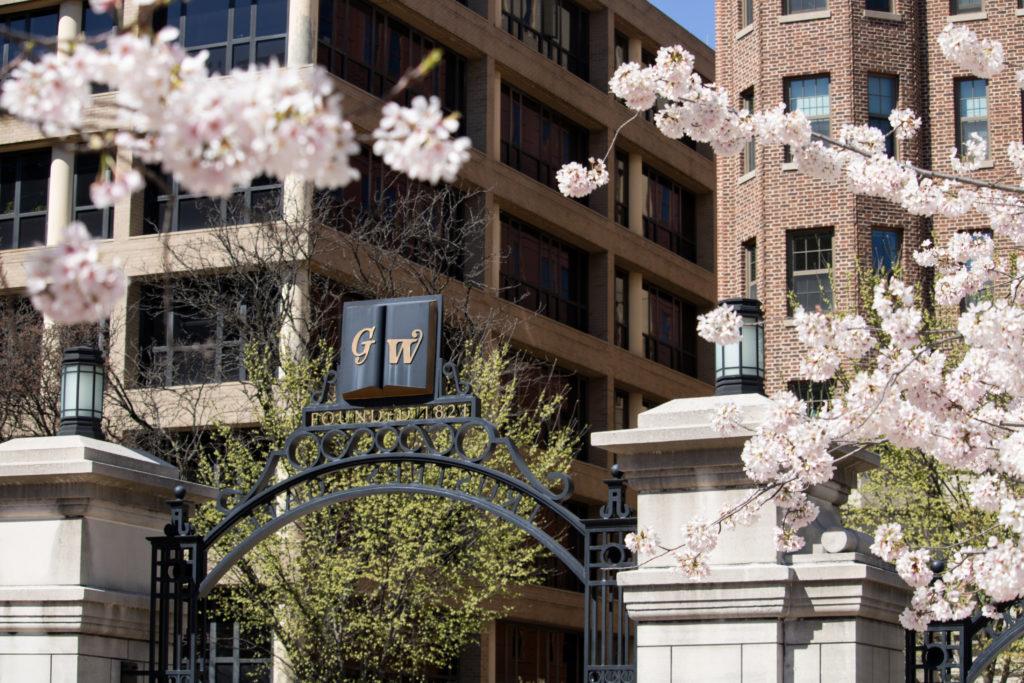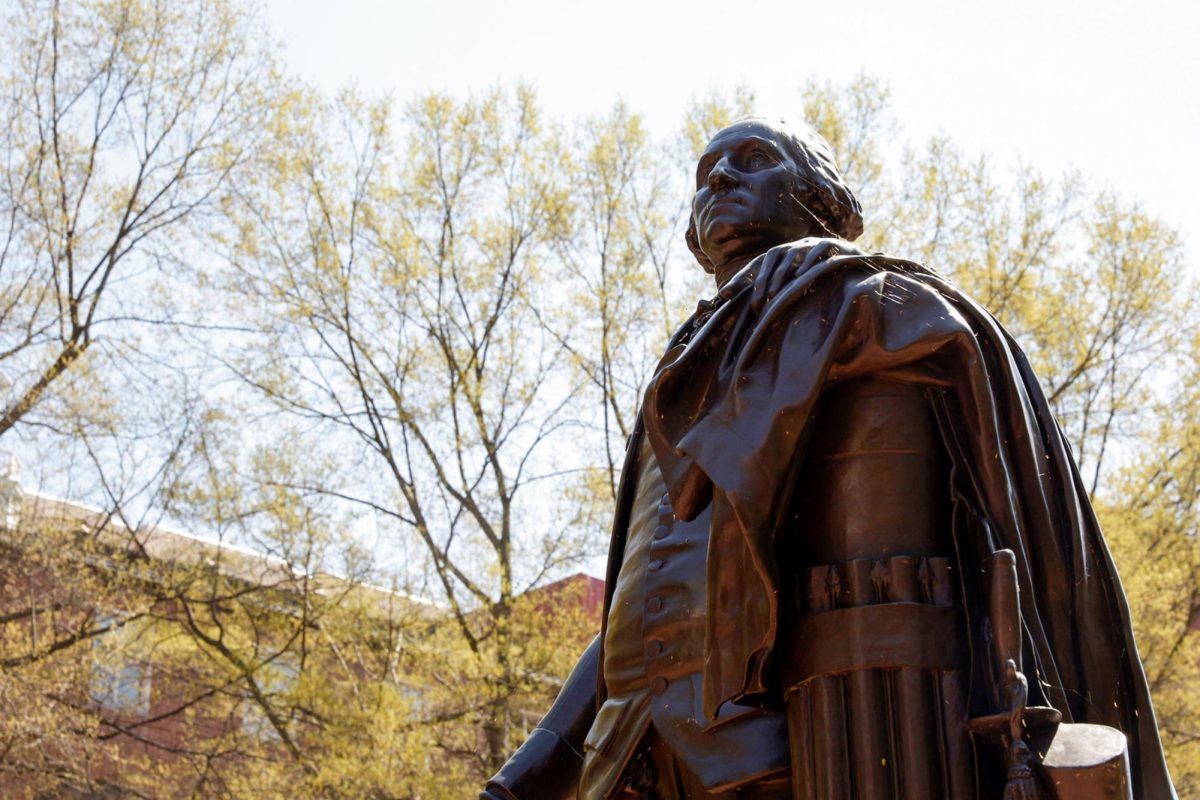View Historical landmarks in a larger map
Six on-campus buildings were designated as historical landmarks Thursday by D.C.’s Historic Preservation Review Board.
Madison, Fulbright, Jacqueline Bouvier Kennedy Onassis, and Munson Halls were all unanimously approved Thursday by the board after representatives from EHD Traceries, a research and consulting firm, gave presentations on the buildings’ historical significance. The apartment buildings were selected due to their Art Deco styles that transformed Foggy Bottom, which had previously been a neighborhood of row houses after World War I, said Paul Singh, architectural historian and project manager for EHD.
The John J. Earley Office and Studio at 2131 G St. and the H.B. Burns Memorial Building at 2150 Pennsylvania Ave. were also selected as landmarks.
The buildings, several of which are now used as residence halls, were generally created in the interwar period to house young professionals who came to work in the District as the federal government and various agencies swelled in size. Now that they have been designated as historical landmarks by the D.C. review board, the National Register will consider the buildings for placement on the official federal list of historical places.
D.C. historical landmark status bars exterior changes without review from the Office of Historical Preservation, said Bruce Yarnall, an operations manager for the office. The submissions are part of a larger effort to carve out a historic district within the Foggy Bottom campus, Senior Associate Vice President for Operations Alicia O’Neil said in an e-mail.
“In addition to these landmarks, the [2007 Campus] Plan provides GW support for a historic district on the campus to be put forward by HPO staff at a later date,” O’Neil said. “Although the historic district has not yet been implemented, the University is committed to protecting the unique campus environment and urban fabric of Washington, D.C. and will continue to protect the contributing buildings within the proposed historic district, as well as preserve its new and existing landmark properties.”
Singh led the testimony on behalf of the University, explaining the historical significance of each on-campus building. The John J. Earley Office was submitted separately from the five apartment buildings due to the historical prominence of its resident, John J. Earley, whom Singh called an architect who “made concrete beautiful.”
Earley operated out of a brick and stucco office at 2131 G St., a multi-entrance building next to GW Deli now used by the School of Business and the dance department. The building was constructed in 1907, and housed Earley’s practice until 1936, Singh said. Earley’s concrete designs include the Polychrome Houses in Silver Springs, Md., the Meridian Hill Park – a national historical landmark – and the Islamic Center of D.C., which was completed after his death.
Board members approved the designation for the building 8-0.
The other five apartment buildings were collectively submitted as representatives of history, architecture and urbanism.
“All represent significant historical architectural examples of large-scale apartments constructed in the interwar period,” Singh said. “They illustrate acceptance of high-rise apartment buildings by the middle class.”
Pamela Scott, a board member and designated historian, said there was “no doubt” in her mind that the buildings were historical landmarks, and thanked Singh for his presentation.
“I hadn’t looked at these buildings before and driving around I was very impressed with what they do for the neighborhood,” Scott said.
Several members of the board commended EHD Traceries and the University for working to preserve the buildings. The five apartment buildings were also approved by the board 8-0.







